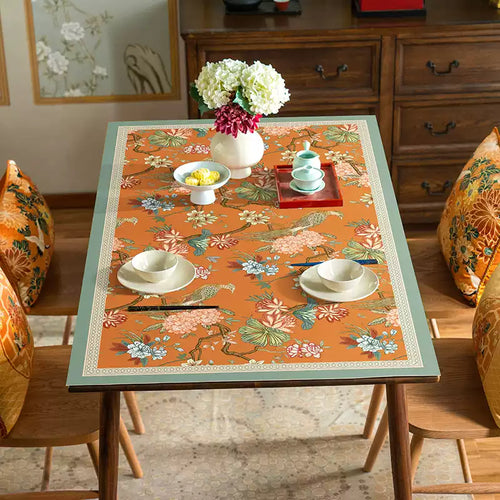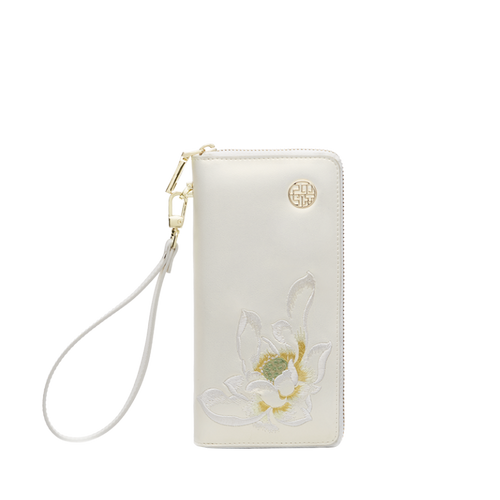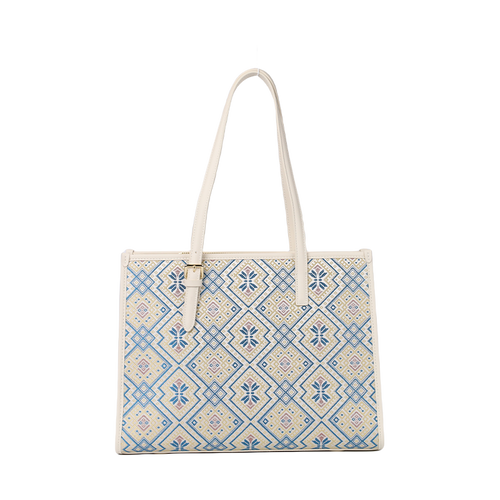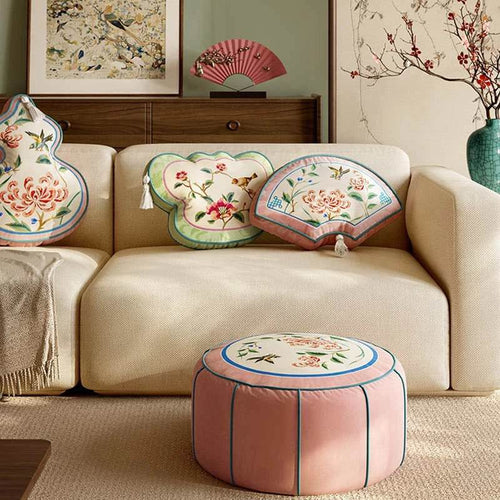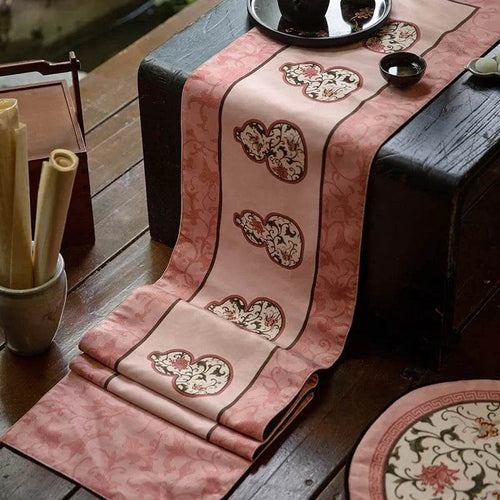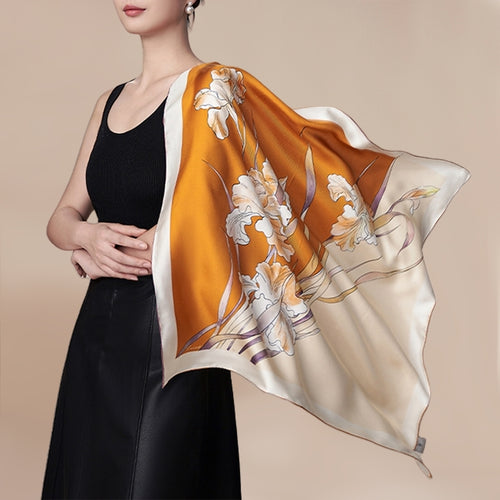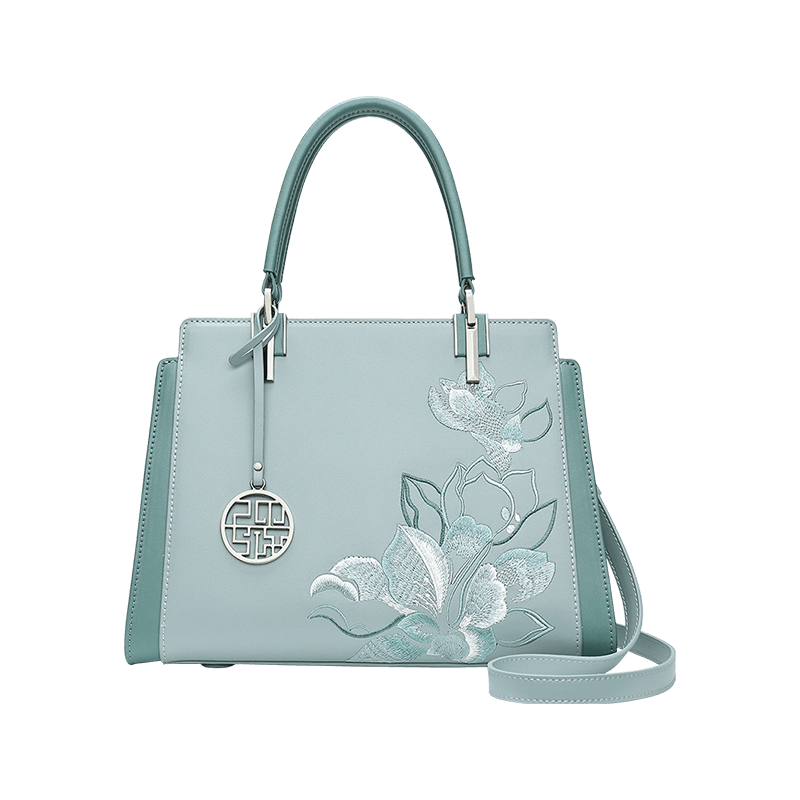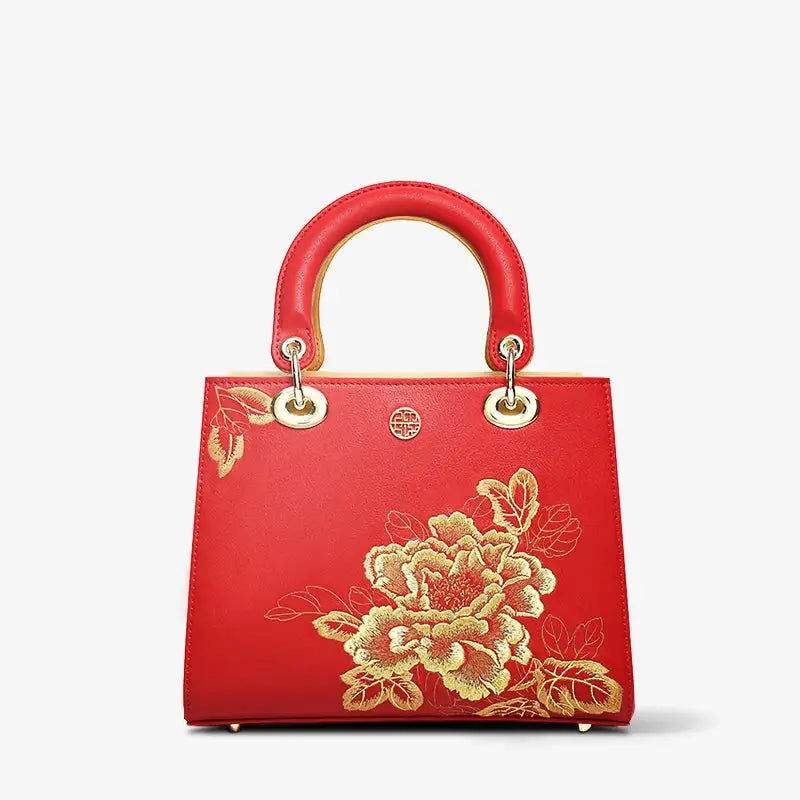If you want to distinguish mulberry silk from synthetic alternatives, there are proven methods you can use at home. Here are simple tests to help you identify genuine silk fabric:
1.Visual Inspection
- Sheen: Mulberry silk has a distinctive soft, bright, and pearl-like sheen. When viewed from different angles, the color may appear to shift.
- Color: Genuine silk features even, vibrant colors without obvious variation or streaks.
- Quality: Check for minor irregularities, pulled threads, or small defects like broken warp or missing weft. Silk is a natural fiber, so it may have slight imperfections, but the overall look is refined.
2. Touch Test
Feel the fabric with your hands:
- Texture: Authentic silk is exceptionally smooth, soft, and feels cool to the touch.
- Sensation: When rubbing the fabric between your fingers, you may feel a slight resistance, sometimes described as a “dragging” sensation. This is absent in many synthetic materials.
3. Friction or Sound Test
- Silk Rustle: Gently rub two layers of the fabric together. Mulberry silk produces a crisp, characteristic “silk rustle” or crunching sound. If you don’t hear this rustling noise, the fabric may be synthetic.
4. Burning Test (For Controlled Settings Only)
If you can safely extract a small strand of yarn from the fabric’s edge, you can use the burn test:
- Burn Behavior: Mulberry silk burns slowly, curls into a ball, and stops burning when taken away from the flame.
- Odor: The odor is similar to burning hair or feathers.
- Residue: The ash left behind is a dark brown or black, powdery residue and crumbles easily.
Note: Always exercise caution when performing the burn test and ensure you are in a safe, ventilated area.
Conclusion
By using these easy methods—visual inspection, touch, sound/friction test, and carefully conducted burn test—you can reliably identify real silk fabric. These techniques help you avoid imitations and ensure you select high-quality, authentic silk products.





